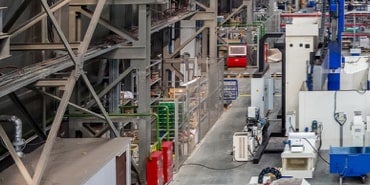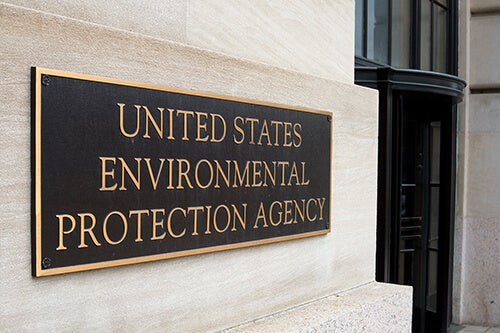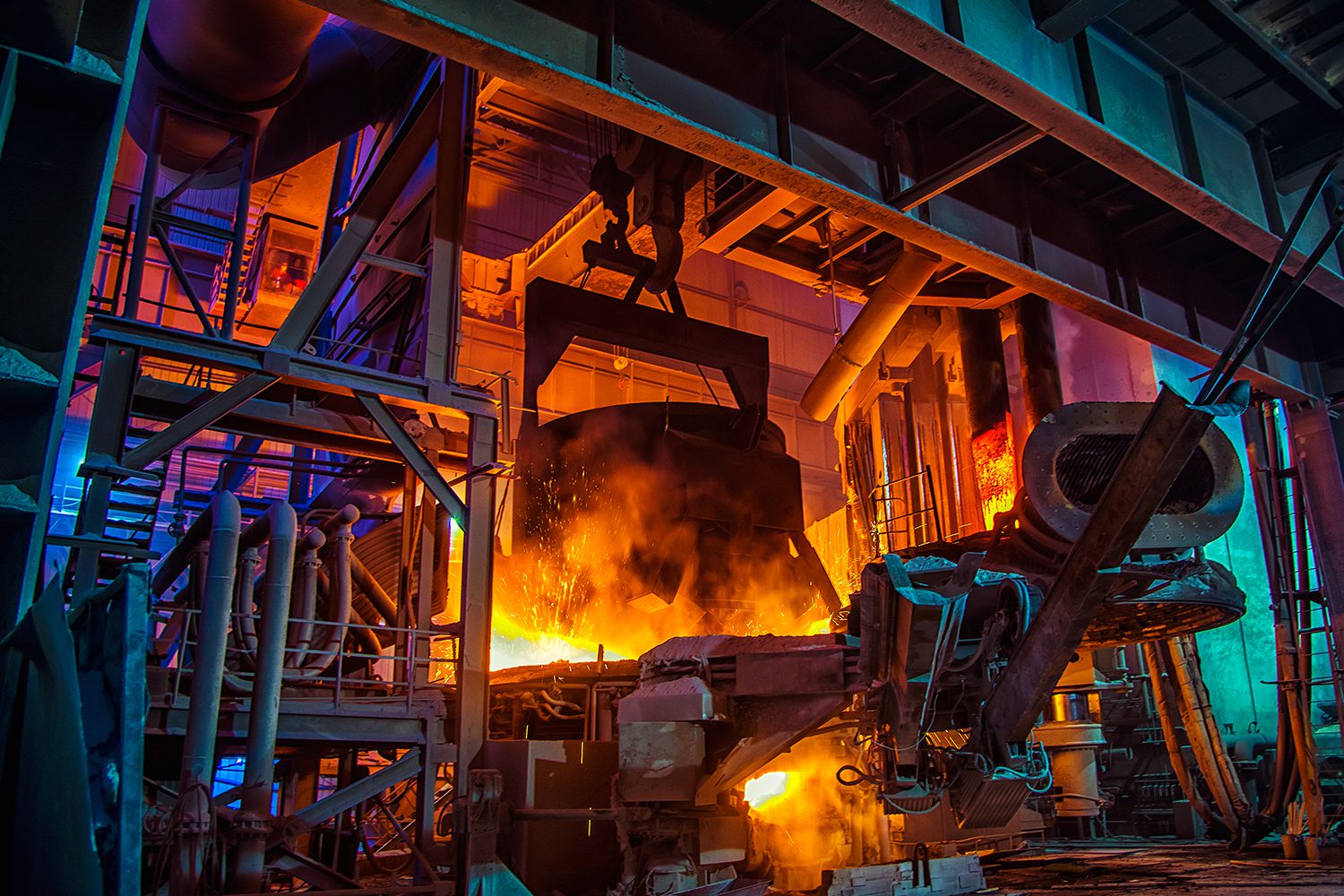On July 1, 2020, the new trade deal between the U.S., Mexico, and Canada (USMCA) came into effect, replacing the North American Free Trade Agreement (NAFTA) that was signed in 1994. The USMCA enshrined a new set of protections, restrictions, and rules that companies in North America must navigate if they hope to take advantage of tariff-free trade between signatory countries.
The USMCA Trade Deal
At the time of its signing, NAFTA created the world’s largest free trade region, removing, fixing, or limiting tariffs on a multitude of products that moved across the U.S., Mexico, and Canada. Although the deal largely had economic benefits for each country, its removal became a key focus of the 2016 U.S. presidential election. The NAFTA renegotiation was a central pillar in then-presidential candidate Donald Trump’s campaign, which he ultimately fulfilled.
Negotiations began in 2017 and lasted until late 2018. The USMCA trade deal is very similar to NAFTA, but introduces few new provisions that companies must be mindful of. Of specific interest are a guaranteed average wage rate for manufacturing workers in the auto sector, certain environmental protections, and other changes that impact the percentage of content from each country that can come from finished products (like automobiles).
How the USMCA Is Different From NAFTA
The world has changed a great deal since 1994, and the USMCA does include elements that would not have been considered during NAFTA negotiations. For example, the new agreement has rules about where companies can house their digital property. The new chapter on digital trade includes protections for consumers, an assertion parties will facilitate electronic commerce, and protections for companies’ data assets.
NAFTA removed tariffs from most products moving across North America, but had a major focus on three industries: automotive, textiles, and agriculture. These industries are also the most impacted by the new measures in the USMCA.
USMCA Certificate of Origin
There has been a substantial change in the documentation required to take advantage of the preferential trade agreement, as NAFTA Form 434, which served to certify country of origin, has been sunsetted without a replacement. Nevertheless, companies are still required to certify the country of origin. This has created a need for both a new electronic database to capture digital USMCA forms/certifications and new industry adopted formats for communicating compliance.
In a guidance published by U.S. Customs and Border Protection (CBP), companies have been instructed to include nine minimum data points in their claims:
- Importer, exporter, or producer certification of origin.
- Certifier.
- Exporter.
- Producer.
- Importer.
- Description and HS Tariff Classification of the good.
- Origin criteria (as outlined in Article 4.2 of the agreement).
- Blanket period (for when multiple shipments are required).
- Authorized signature and date.
It’s important to note that, even for goods that see no change from NAFTA to the USMCA, Form 434 will not be accepted as certification of origin. Therefore, all companies seeking to claim USMCA preference must adopt a new system of record and data exchange standard to capture the required information from suppliers and communicate it out to customers and customs.
The De Minimis Rule
Under NAFTA, goods are eligible for preferential trade status when deemed an originated good, or manufactured in a member country. A product can be considered an originated good if it consists of no more than seven percent material from non-member countries. This maximum non-member origination of materials is called de minimis. Under the USMCA the de minimis threshold increased to 10 percent, granting a measure of flexibility for manufacturers to source from outside North America and reducing the net amount of North American sourced material.
Environmental Protections
The USMCA also includes provisions for environmental protections not found in NAFTA. New rules make environmental laws prohibiting marine littering, excess air pollution, and trafficking in wildlife legally enforceable by party countries. Each country has also committed to upholding standards related to these and other areas of environmental concern.
Human Rights Protections
Under NAFTA, labor rights were protected through side agreements between countries. Article 23.3 of the USMCA commits each signatory country to upholding labor rights through laws and practices, including:
- The freedom of association and the right to collective bargaining.
- The elimination of all forms of forced labor.
- The effective abolition of child labor.
- The elimination of discrimination with respect to employment and occupation.
This commitment affects imports as well as work being done domestically. The U.S. has existing legislation that prohibits companies from importing goods made wholly or in part through forced labor such as the Trade Facilitation and Trade Enforcement Act. Canada and Mexico have now committed to establishing administrative and regulatory measures that can meet the same end goal.

Get Your Products Across the Border: Managing Data for Trade Compliance Guide
Your trade compliance data is the key to unlocking a stronger bottom line and dodging disruptions. Download Managing Data for Trade Compliance for expert guidance on improving your supply chain management and:
- Maximizing cost savings by strategically using free trade agreements
- Avoiding product seizures and market access loss with trade data
- Streamlining trade data management to save time and effort















